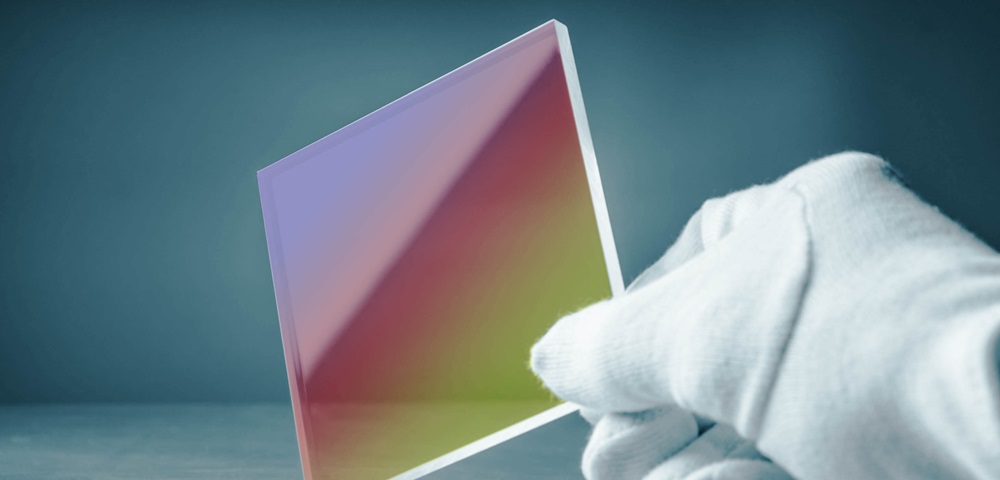Blue Ridge Optics Introduces Ion Beam Sputtering Capabilities
It is with a level of enthusiasm generally reserved for Nobel Prize announcements and mint-condition comic books that Blue Ridge Optics unveils the newest addition

When it comes to laser technology, precision and efficiency are absolutely non-negotiable. From industrial cutting and welding to medical procedures and scientific research, lasers play a pivotal role in various applications.
The effectiveness of laser systems heavily depends on the quality of their optical components – and the application of anti-reflective coatings (AR coatings) can significantly enhance their effectiveness. Laser systems rely on the precise manipulation and propagation of light to achieve desired outcomes. However, when light encounters optical surfaces – like lenses, mirrors, and windows – a portion of it gets reflected back. This can lead to energy loss, reduced efficiency, and potential damage to sensitive components.
This is where anti-reflective coatings come into play.
The application of AR coatings helps minimize reflections at critical interfaces, ensuring maximum laser energy transmission through the optical system. By reducing losses caused by reflections, AR coatings enhance the overall performance and effectiveness of laser systems, improving precision, stability, and reliability in various applications.
As laser technology continues to evolve, so do the techniques and materials used in anti-reflective coatings. Modern coating methods enable the precise control of coating thickness and composition, resulting in coatings with enhanced durability, scratch resistance, and performance.
In high-power laser systems like the ones used in industrial cutting and welding or medical procedures like laser eye surgery, excessive reflections can reduce efficiency and pose a significant risk of damage to optical components. Anti-reflective coatings can help minimize this risk by reducing reflection-induced heating and stress, and increasing the durability and lifespan of optical elements.
AR coatings also help contribute to the stability and consistency of laser systems by ensuring uniformity in light transmission across different wavelengths and angles of incidence. This is essential for maintaining precise control over laser beams and getting consistent results in diverse applications.
In research and development, lasers are used for various applications, including spectroscopy, microscopy, and materials processing. The accuracy and reliability of experimental data heavily rely on the quality of laser optics. Anti-reflective coatings play a crucial role in optimizing the performance of optical components in research-grade laser systems, allowing scientists and engineers to achieve unprecedented levels of precision and sensitivity in their experiments.
AR coatings also enable the designing and implementation of complex optical setups with multiple components, such as interferometers and cavity resonators, by minimizing unwanted reflections and optimizing light transmission at each interface.
It is with a level of enthusiasm generally reserved for Nobel Prize announcements and mint-condition comic books that Blue Ridge Optics unveils the newest addition
Firstly, if your application requires that certain wavelengths of light transmit through the optical surface, your choice is clearly a purely dielectric film. Metal coatings
Maintaining your sapphire windows is essential to preserving their optical clarity and ensuring they continue to perform at their best, whether they’re used in scientific
Blue Ridge Optics Joins APOMA: Strengthening Our Commitment to the Precision Optics Industry Blue Ridge Optics is proud to announce that we have officially joined
Join Us at the Frontiers in Optics 2024 Science + Industry Showcase – Booth 308 We are excited to announce that Blue Ridge Optics will
Beam splitters are the unsung heroes of the optics world. These optical components divide incident light into two distinct beams: one reflected and one transmitted.